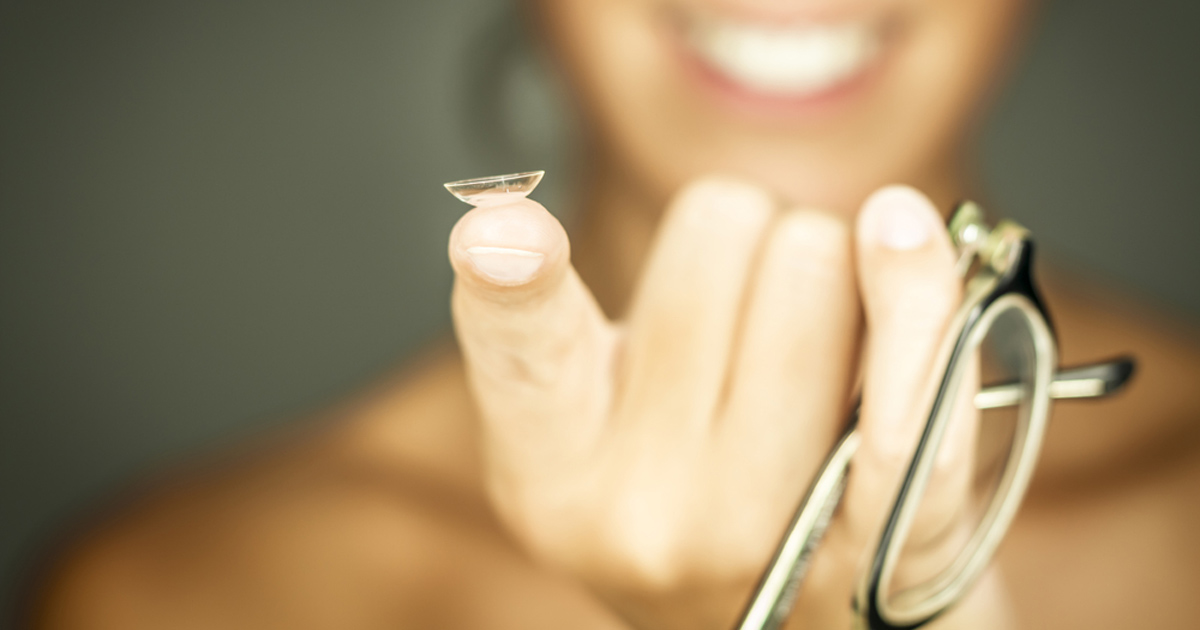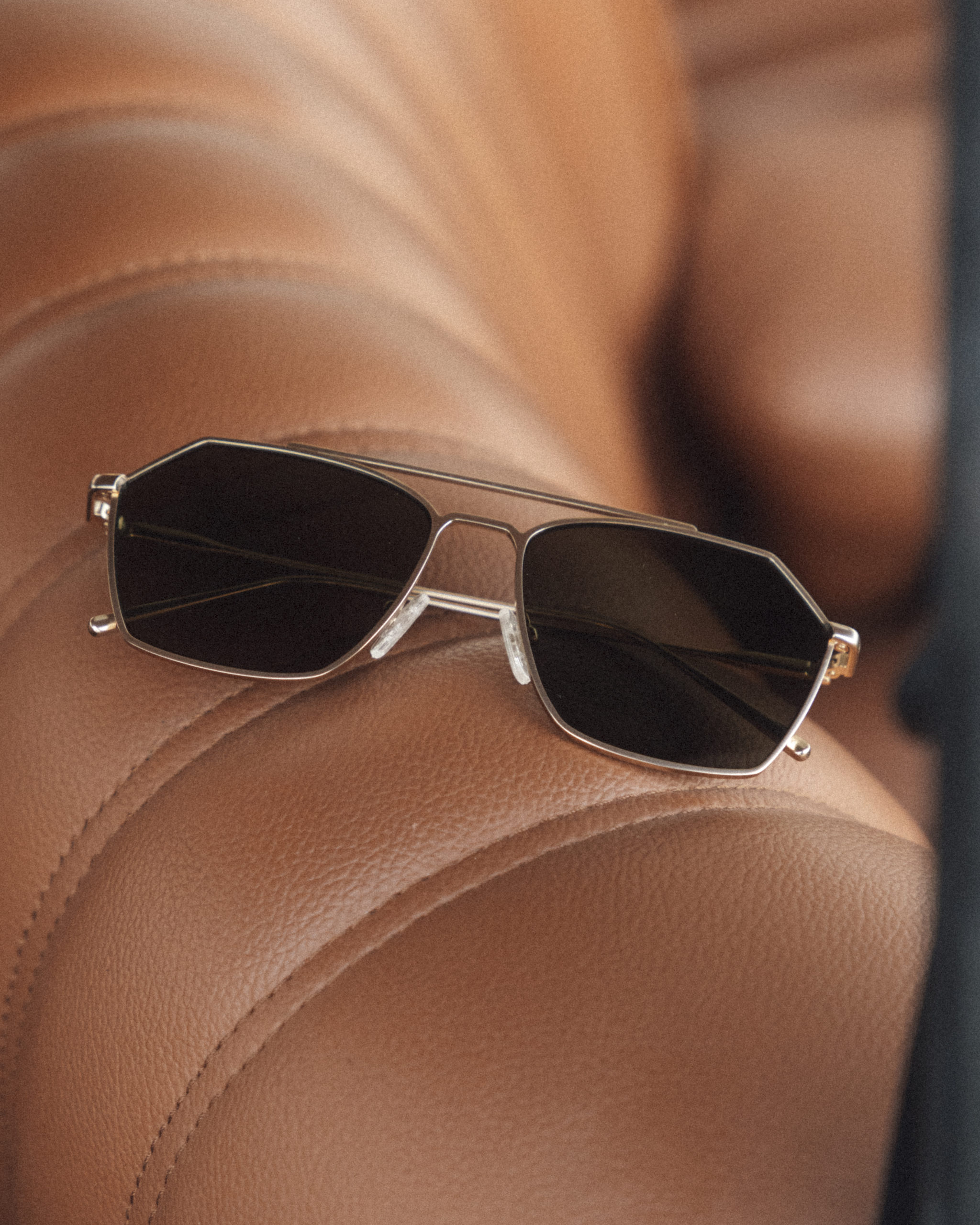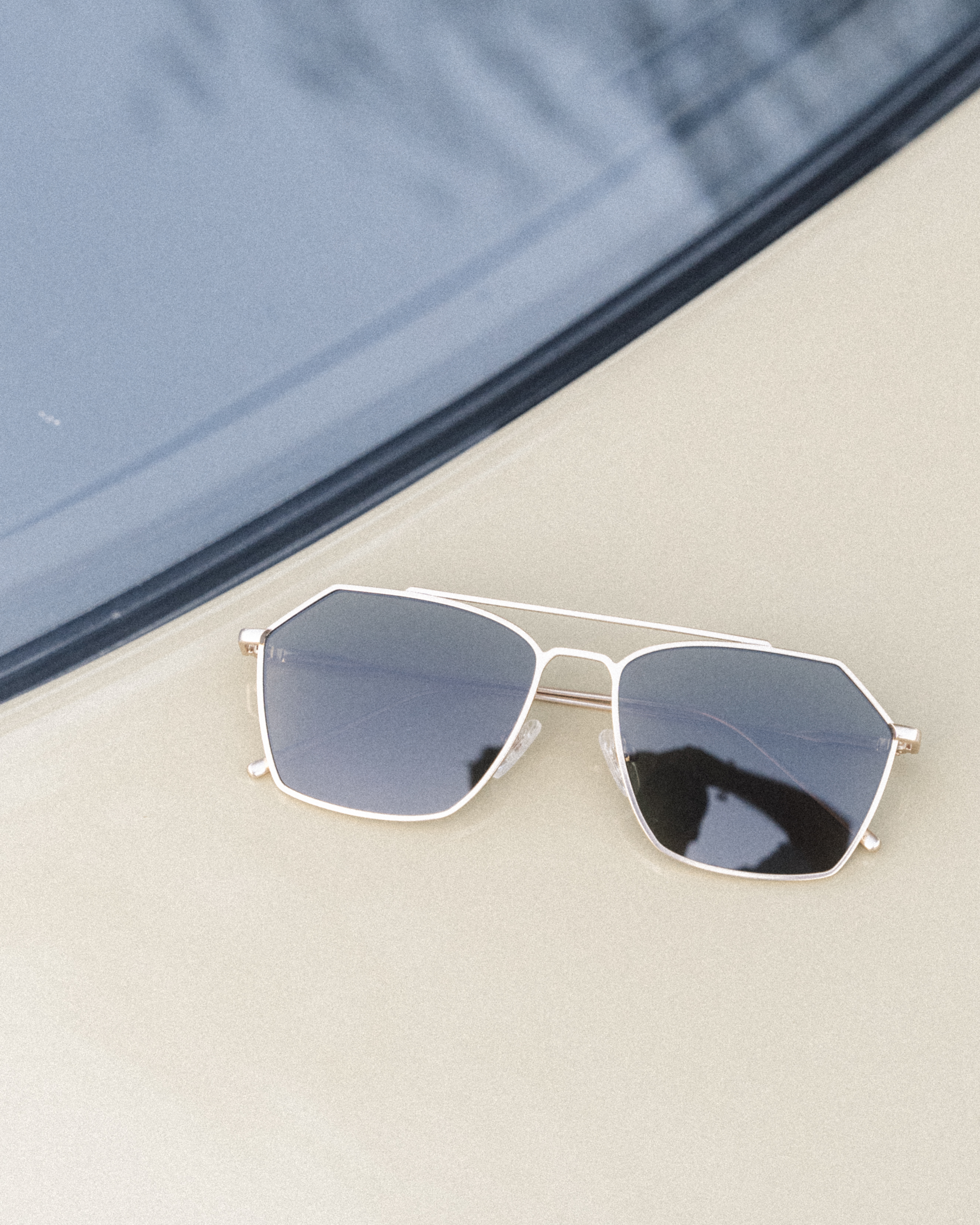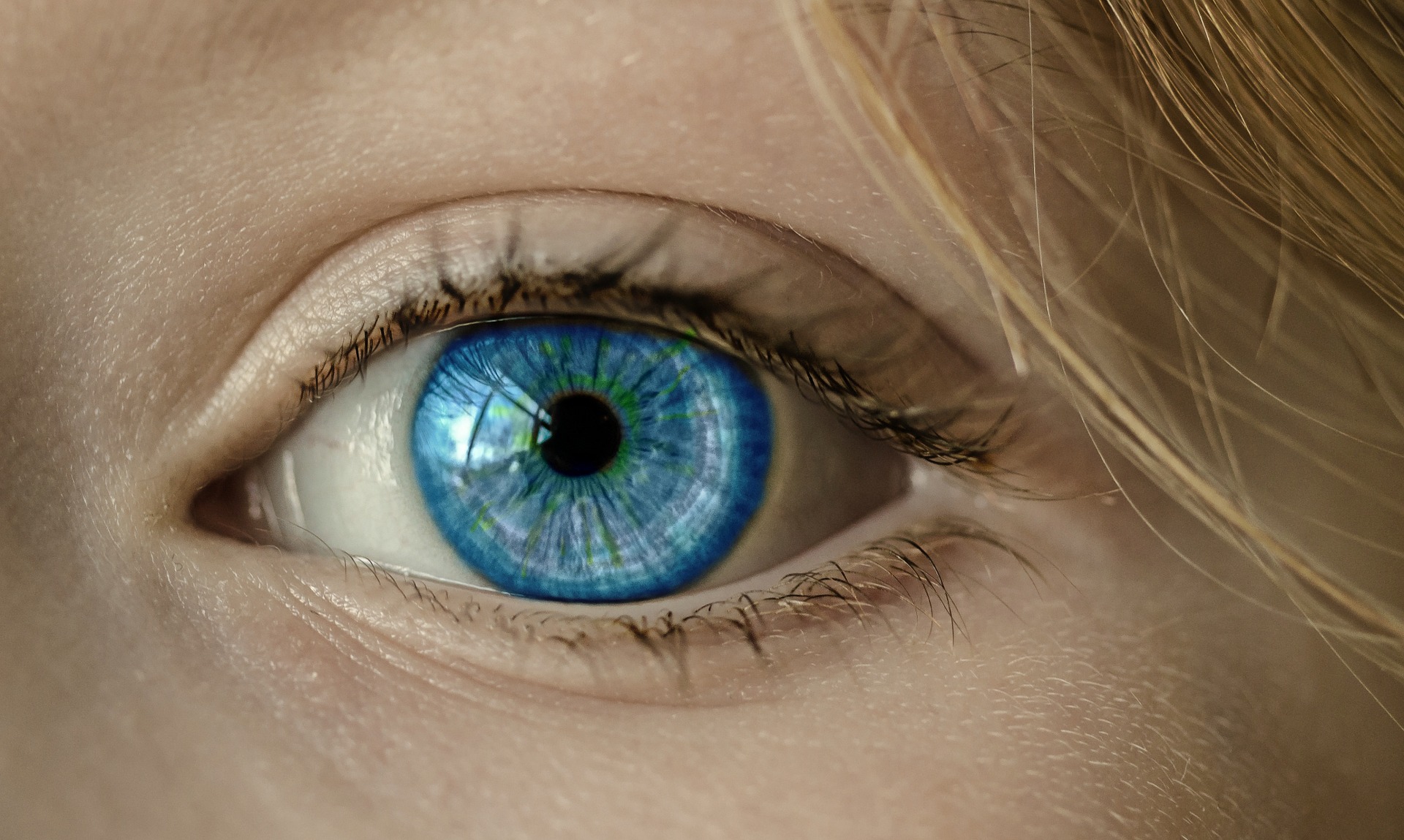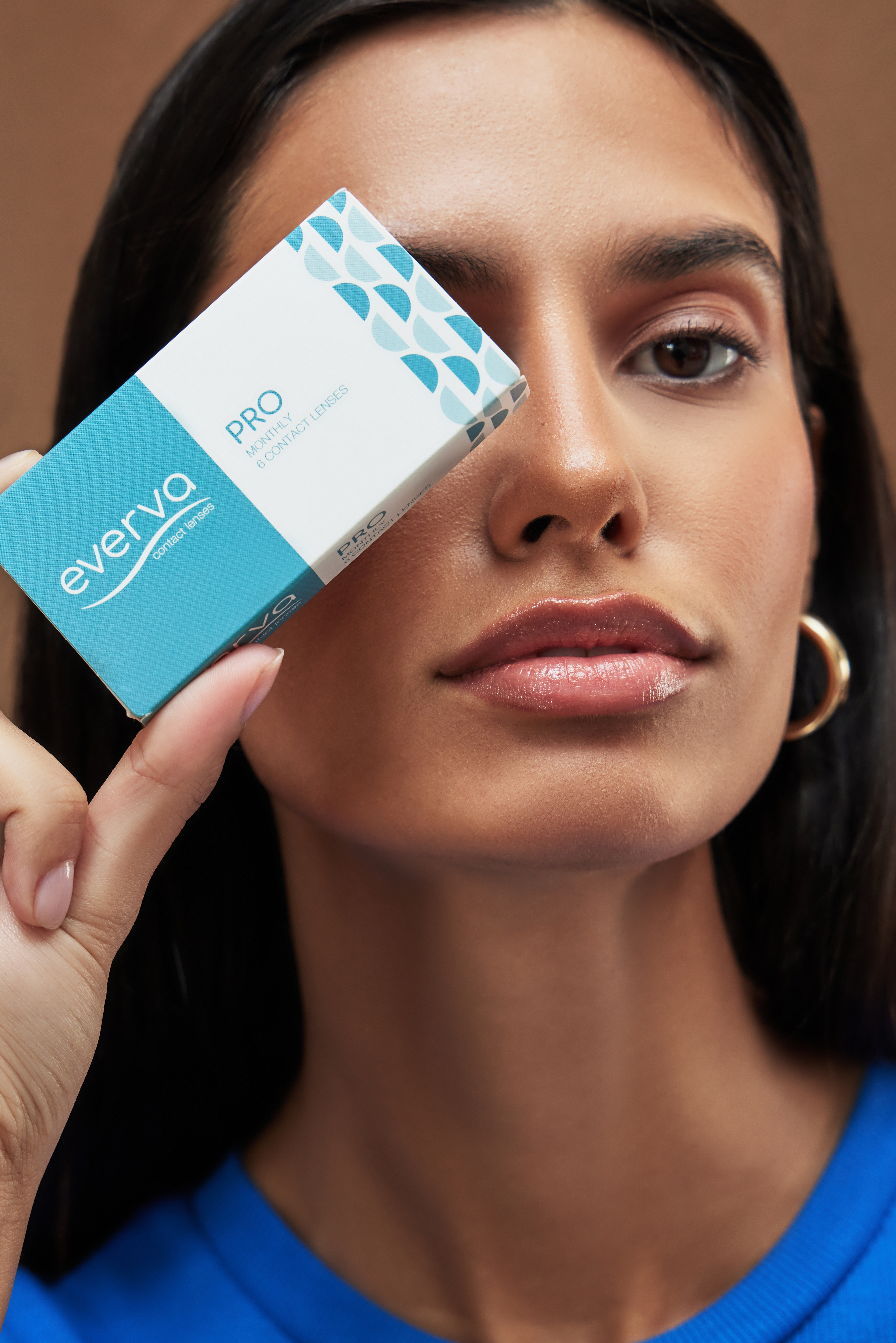Eyeglasses and contact lenses are valuable vision aids that allow people with refractive errors such as nearsightedness, farsightedness, astigmatism, etc. to see clearly and comfortably. You must have seen people using both eyeglasses and contact lenses in your family and friends at different points of time.
This generally leads to a notion that since both eyeglasses and contact lenses are being used to correct the vision errors, they will even have a similar prescription. However, this is not true.
Why is glasses prescription different than lenses?
Eyeglasses and contact lenses are made up of different types of materials. Contact lenses, in general, are made of hydrogel or silicone hydrogel. This material helps your contacts to stay moist and allows more oxygen to be transmitted through the contacts into the eye. Newer eyeglasses are in fact made up of advanced kinds of plastic in place of actual glasses. These glasses are lightweight, thinner, and better scratch-resistant than glass or older plastic types. Both contacts and eyeglasses also differ in their positioning with respect to the eyes. Eyeglasses (fitted with lenses) are positioned around 12 mm from the eyes however, contacts sit directly on the eyes. Hence, different types of eye tests and measurements are required for each of them. This leads to differences among the elements of the prescription of the eyeglasses and contacts.
In general, the prescriptive power of a contact lens will be somewhat less nearsighted than eyeglasses. So in most simple words, the power of a contact lens will be lower than the eyeglass prescription. Reason being the distance of the lenses from the surface of the eyes.
Also, if you normally wear multifocal glasses, you can get multifocal contacts. Like glasses, contact lenses can be bifocal and multifocal too. However, always consult your eye specialist before trying contacts and trust your doctor with choosing the most suitable vision correction aid for you.
Can you use eyeglasses prescription to get contact lenses?
Absolutely no. Eyeglasses prescription cannot and should not be used to get contact lenses. The two prescriptions should not be used interchangeably. Also, not everyone who needs or wears glasses can also wear contact lenses. You must get examined by an ophthalmologist to check if you are a suitable candidate for getting contact lenses.
Remember: If you are planning to wear both eyeglasses and contacts at different times, you will have to get two separate prescriptions.
How to read an eyeglasses prescription?
Your eyeglasses prescription provides information about your eyesight, vision problems, and correction requirements. Knowing how to read and understand your glasses prescription can enable you to make informed decisions and get ready to buy your next pair confidently.
Abbreviations: You must have noticed some numbers listed on the eyeglasses prescription. These are placed under certain abbreviated headings, namely OS, OD, and/or OU. These are Latin abbreviations and stand for oculus sinister, oculus dextrus, oculus uterque, respectively. OS means the left eye, OD means the right eye and OU means involving both eyes.
Numbers: The numbers refer to the focusing power of the lenses that your eye(s) requires. They are represented in diopters, often abbreviated and written only as “D” alongside the number. Diopter is the unit used to measure the correction, or focusing power of the lenses.
Signs: If you are nearsighted and need correction with distance vision, you will see a “minus” (-) sign in front of the number. However, if you are farsighted, there will be a “plus” (+) sign which means you need correction with near vision.
Let’s take an example, if your eyeglasses prescription says -2.00, you have nearsightedness and need a focusing lens power of 2 diopters. For people who have astigmatism: While it is important to specify the degree of astigmatism, knowing about where the difference in curvature is equally vital. Thus, your eyeglasses prescription will have three numbers. They are usually written as S x C x Axis. Let’s discuss in a bit of details.
- S (“sphere”): This represents the degree of nearsightedness or farsightedness.
- C (“cylinder”): This can be a negative or a positive number. It measures the degree of astigmatism that a person may have. This is represented in diopters. The bigger this number, the higher the degree of astigmatism.
- Axis: This tells about the orientation of astigmatism. This number is anywhere between 0 and 180 degrees.
Prescription for eyeglasses and contacts: How are they different?
The focusing power of the lenses used will certainly be different, as discussed in the previous sections. This power may also depend on the degree/severity of the refractive error and the type of contacts used. Moreover, the prescription of a contact lens will have certain additional specifications that are not part of an eyeglasses prescription. For example,
- Base curve: Abbreviated as BC, this entity refers to the curvature of the back surface of the contacts. The shape of your cornea helps determine the base curve of the contacts, thus giving it a fit neither loose nor tight.
- Diameter: Abbreviated as DIA, this specifies the overall size of the lens.
- Date of expiry: This tells you how long a contact lens is valid. You will need to re-consult your eye specialist when your prescription expires before you can purchase another pair.

